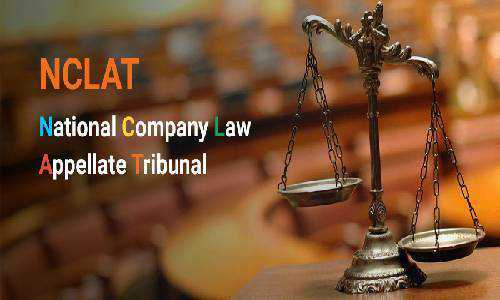
The National Company Law Appellate Tribunal (NCLAT) has held that neither the Committee of Creditors (CoC) has the power to determine, nor the resolution professional has the power to reclassify, the status of a creditor from a financial creditor to an operational creditor under the Insolvency and Bankruptcy Code, 2016 (IBC).
In the instant case titled Mr Rajnish Jain v. BVN Traders and Others two issues were raised before the NCLAT:
Whether the CoC has the power to determine or the Resolution Professional has the power to re-classify the status of the Respondent as a financial creditor or an operational creditor?
Was the declaration of the respondent as a financial creditor in the Impugned Order based on the majority decision of CoC valid?
With regard to the first issue, NCLAT held that the “Committee of Creditors” has no role in deciding the status of a creditor either as a “financial” or “operational” creditor and such a decision of the “Committee of Creditors” can never be treated as an exercise under its commercial wisdom. In the opinion of the NCLAT, in a situation where there is a requirement for application of IBC, and in such a situation if the factor is left to CoC, there would be a severe conflict of interest. Whether a person or entity is a “Financial Creditor” as defined in Section 5(7) or “Operational Creditor” as defined in Section 5(20) is a matter of applying the law to the facts of the case. It cannot be a matter of voting, and choice as discretion is not relevant
With regard to the second issue, it was held that the NCLT's reasoning in the Impugned Order was wrong, since the CoC had no authority to assess a creditor's standing as a financial or operational creditor. The NCLAT went on to say that such a CoC judgement can never be considered an exercise in its business wisdom. It was pointed out that allowing the CoC to decide on such matters would create a major conflict of interest. The NCLAT stated that determining a creditor's status as a financial or operational creditor under the IBC is a matter of applying the law to facts. As a result, such issues cannot be determined by a vote, but rather must be decided by a judge.
The court categorically held that:
“ The NCLAT observed that every action of the Resolution Professional, from re-classification of the status of the Respondent from financial creditor to operational creditor, to the elimination of name of Respondent from the CoC, was done with an ulterior motive, in collusion with the Appellant so as to pass a resolution for withdrawal of the application under Section 12A of the IBC, since the Respondent held 30.9% of voting share in the CoC. The Second Resolution could not have materialised without eliminating the Respondent from the CoC. The NCLAT noted that it was necessary to oust the Respondent from CoC so as to pass the Second Resolution with the required percentage of voting share, that is, 90%”.
Hence, it was held that the CoC's action of sitting in appeal over the Impugned Order and passing resolutions to the contrary was ruled unconstitutional. It was also decided that the CoC's Second Resolution was unconstitutional since it was based on an illegal reconstitution of the CoC.
The Impugned Order was upheld to the extent that it labelled Respondent a financial creditor. The NCLAT, on the other hand, overturned the NCLT's rationale in the Impugned Order. Based on the reasons, findings, and directions, the NCLAT determined that the Respondent is a financial creditor.

